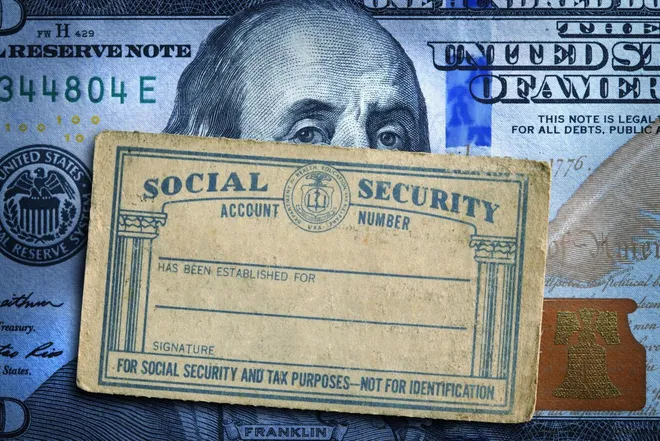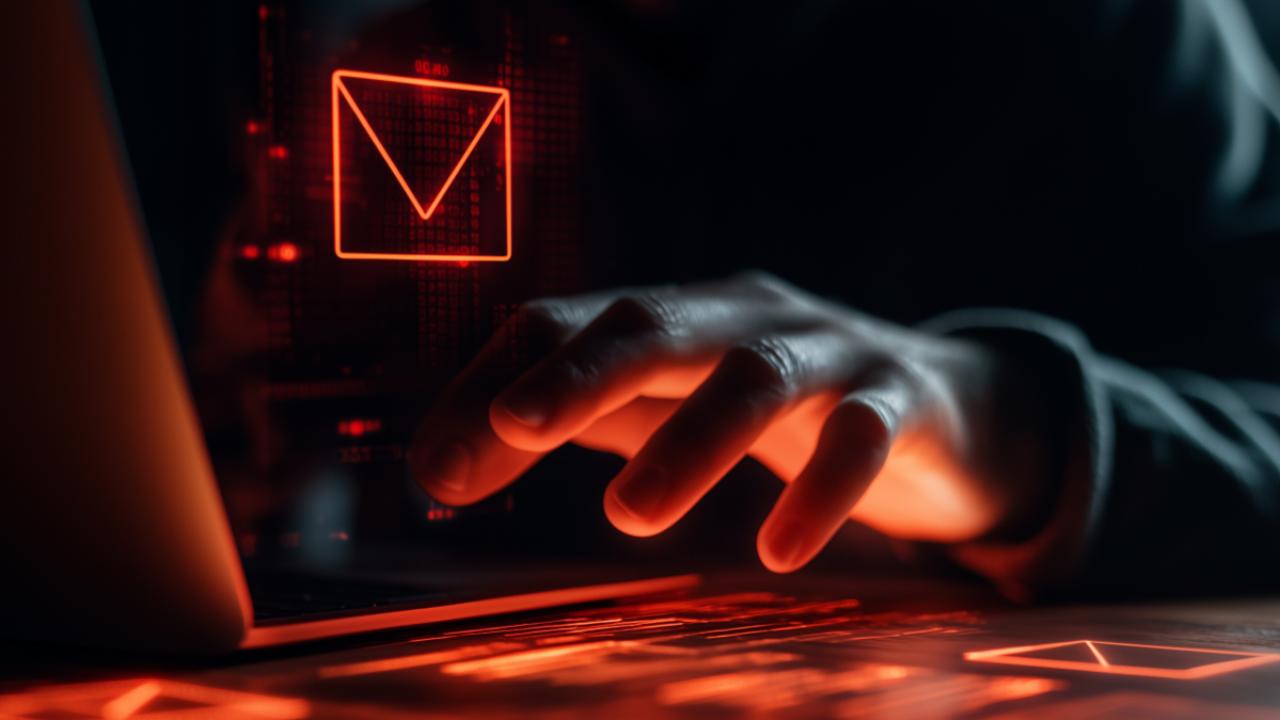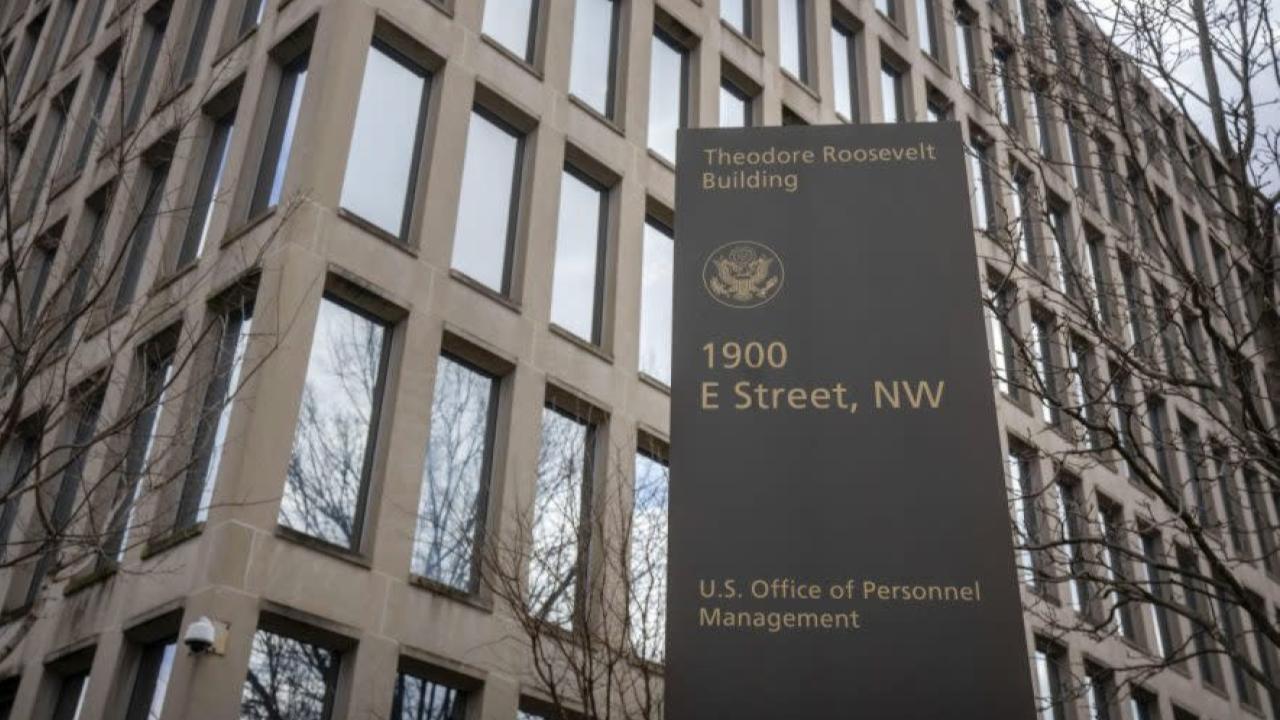Starting this summer, Americans will be able to access their Social Security Number (SSN) securely online—a major shift that could streamline services, reduce fraud, and change how millions interact with the government. But the transition also raises questions about privacy, tech reliability, and who may be left behind.

Social Security Goes Digital
| What’s Changing | Impact |
|---|---|
| Digital SSNs available online | Fewer lost cards, easier access |
| Paper checks ending for 485,000 | Must switch to digital payments by Sept 30, 2025 |
| AI-assisted call centers | Could shorten 60+ min wait times |
A Big Step Toward Digital ID
For the first time ever, the Social Security Administration (SSA) will let you view your SSN online through a secure “My Social Security” account. This digital access is aimed at making life easier—no more waiting weeks for a replacement card or digging through drawers to find the original.
I’ve used the My Social Security portal myself to check earnings history and benefits forecasts, and it’s a decent interface. This new SSN feature could be a game-changer, especially for younger Americans used to doing everything from their phones.
Why Now?
The SSA is juggling aging infrastructure, growing demand, and budget constraints. Over 50 types of physical SSN cards exist, some easier to forge than others. And as identity theft spikes, the agency sees digital access as a safer route.
The rollout also aligns with a broader modernization push—AI-driven call centers, better fraud detection, and faster online services. According to MarketWatch, the agency is partnering with private tech firms to verify identities and flag suspicious behavior.
How It Works
Here’s how you’ll access your digital SSN:
- Create or log into your My Social Security account at SSA.gov/myaccount.
- Verify your identity using personal details and sometimes a third-party service.
- View your SSN securely on your phone or computer.
SSA recommends turning on two-factor authentication and avoiding public Wi-Fi when accessing your information. Cybersecurity experts agree: while digital IDs are convenient, poor password hygiene could expose you to fraud.

Who’s Impacted?
Whether you’re applying for a job, refinancing a mortgage, or verifying your identity for government services, having quick access to your SSN is a big plus.
But not all Americans are ready. Roughly 485,000 people still receive Social Security by paper check, according to The Sun. They’ll be required to switch to direct deposit or prepaid cards by September 30, 2025.
Benefits and Red Flags
What’s great:
- No more lost cards
- Reduced wait times at SSA offices
- Immediate access when you need it
What’s tricky:
- Cyber risk: If hackers breach your account, your SSN could be exposed.
- Privacy concerns: The SSA is leaning on private firms—including Elon Musk’s DOGE initiative—for data verification, which has sparked criticism from privacy watchdogs.
- Tech barriers: Older or rural Americans may struggle with digital-only access.
More Tech, Fewer Humans?
Beyond digital SSNs, the SSA is rolling out:
- AI-powered phone systems to cut down the average 60-minute wait time.
- Automation tools to manage overpayment errors—$8.9 billion was mispaid in 2023.
- Staff reductions—over 7,000 jobs may be cut, or about 12% of the agency.
What You Should Do Now
- Sign up for a My Social Security account if you haven’t already.
- Double-check your personal details and add two-factor authentication.
- Watch for phishing attempts—SSA will never ask for payments or threaten arrest.
- Switch to digital payments if you’re still getting paper checks.
Looking Ahead
Digital Social Security is more than a tech upgrade—it’s a test of how government can modernize without leaving people behind. Done right, it could offer real convenience and cut down on fraud. But without clear privacy guardrails and support for the digitally disconnected, some Americans could fall through the cracks.
As someone who’s helped older relatives navigate My Social Security over the years, I can say: it’s a smart move, but the learning curve is real. With big changes like this, patience, clarity, and support will matter just as much as the tech.






